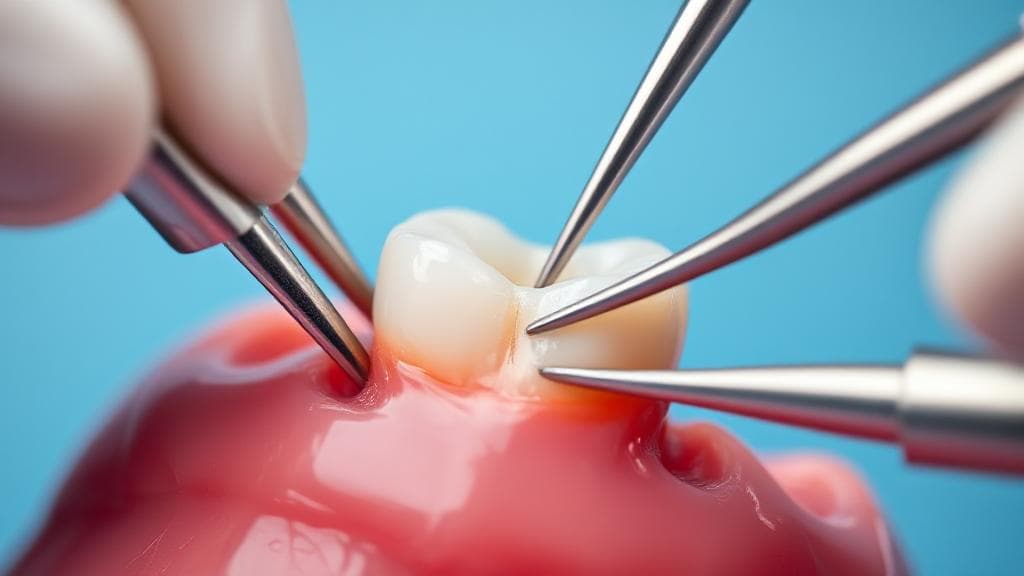What to Expect After Tooth Extraction
Tooth extraction is a common dental procedure that many people undergo at some point in their lives. Whether it's due to tooth decay, gum disease, or the need to make space for orthodontic treatment, the removal of a tooth can lead to discomfort and pain. Understanding the duration and management of this pain is crucial for a smooth recovery.
Immediate Post-Extraction Period (24-48 Hours)
During the first two days after extraction, patients typically experience the most intense pain as the anesthetic wears off. This period requires careful attention to:
- Following dentist's instructions precisely
- Taking prescribed pain medications on schedule
- Applying ice packs to reduce swelling
- Avoiding disturbing the blood clot
"The formation and preservation of the blood clot is essential for proper healing and preventing complications like dry socket." - American Dental Association
Days 3-5: Moderate Recovery Phase
The intensity of pain typically decreases significantly during this period. Patients may notice:
- Reduced swelling
- Decreased sensitivity
- Improved ability to open mouth
- Less reliance on pain medication
Factors Influencing Pain Duration
Several factors can influence how long you experience pain after a tooth extraction:
| Factor | Impact on Pain Duration |
|---|---|
| Extraction complexity | More complex = longer recovery |
| Patient age | Older patients may heal slower |
| Overall health | Better health = faster healing |
| Aftercare compliance | Proper care reduces pain duration |
Managing Pain After Tooth Extraction
Medications
- Over-the-counter pain relievers: NSAIDs like ibuprofen can help reduce pain and swelling
- Prescription medications: In some cases, your dentist may prescribe stronger pain medication
Home Remedies
- Ice packs to reduce swelling
- Saltwater rinses (after 24 hours)
- Cold/warm compresses
- Clove oil (with dentist approval)
Lifestyle Adjustments
- Rest and avoid strenuous activities
- Stick to soft, cool foods
- Avoid hot, spicy, or hard foods
- Maintain good oral hygiene
When to Seek Help
Contact your dental professional if you experience:
- Severe pain that doesn't improve with medication or worsens over time
- Excessive bleeding that doesn't stop after several hours
- Signs of infection, including fever or pus
- Difficulty swallowing
- Persistent bad taste or odor
Long-Term Recovery
Most patients can expect complete healing within 3-4 weeks. The soft tissue typically heals within this timeframe, while the bone and gum tissue will continue to remodel for several months afterward, though this process is typically painless.
For more detailed information about tooth extraction recovery, visit the Mayo Clinic or American Dental Association.
